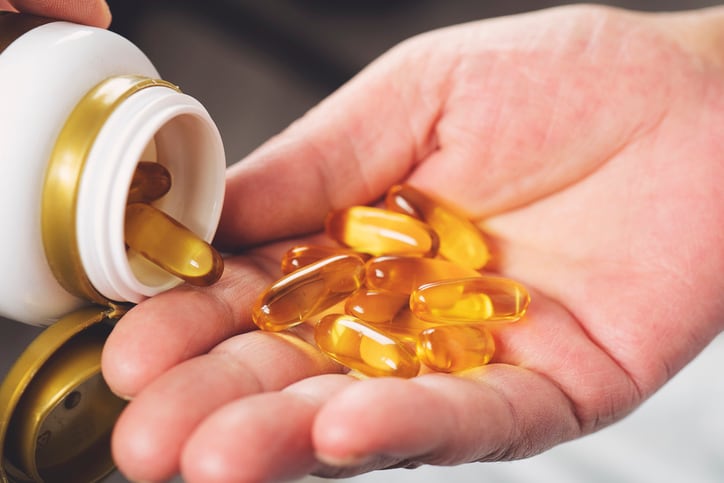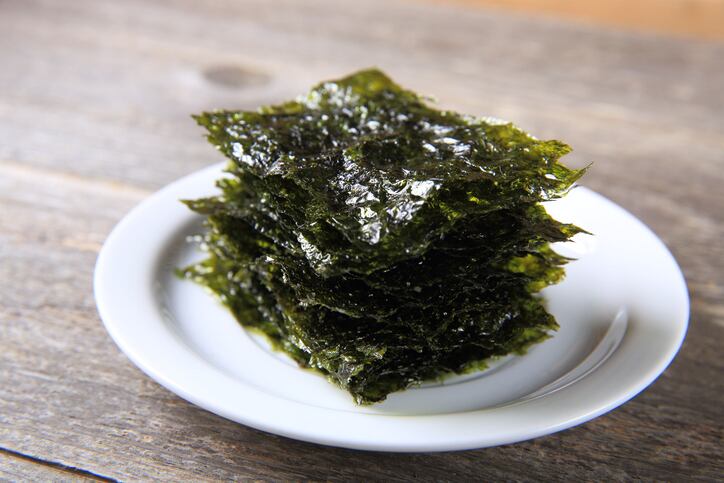Fish oil capsules are a popular health supplement for its eicosapentaenoic acid (EPA) and docosahexaenoic acid (DHA) content. However, these compounds are known to readily oxidise upon exposure to air, light, or metal ions.
Encasing these oils in single-dose softgel (gelatin) capsules can help to avoid post-sale oxidation.
The researchers from New Zealand Institute for Plant and Food Research Limited were seeking to measure the omega-3 fatty acid concentrations in commercial samples of fish oil from New Zealand, and whether they corresponded to government regulations.
Results and regulations
The Raman spectroscopy portable handheld device is based on laser technology emitting at 785 nm at 300mW. It takes an average of 90 seconds for analysis, which researchers said can open up opportunities for its use in stores.
They tested the device on 15 different omega-3 PUFA supplements purchased from a local pharmacy. The EPA and DHA concentrations were measured using GC-MS.
Current Australia and New Zealand regulations require commercial omega-3 supplements to contain at least 90% of the label claim for EPA and DHA.
The researchers reported that two of the 15 samples failed to meet the specification for EPA, while three of the 15 failed for DHA. One of the samples failed to meet both EPA and DHA specifications.
Although, on average across all 15 products, EPA, DHA, and EPA+DHA were present at 102%, 100%, and 100% of their respective product label claims.
Point-of-sale application
The advantage of this setup would be instantaneous analysis at the local pharmacy, to ensure that products met their required specifications at the time of sale. It can also be used before and after encapsulation, after bottling, and during distribution to retailers.
The study demonstrated its potential as a ‘‘point-of-sale’’ method to check and assure fish oil capsules quality.
Dr Daniel Killeen, scientist, marine product, and one of the researchers of the study told NutraIngredients-Asia that the uptake of this method could provide consumers with a high degree of confidence in the quality of their fish oil supplements.
The device is also relatively lower in cost and can overcome current issues in chemical methods.
Killeen said the instrument cost less than NZ$80,000. “(The device) is extremely rugged because they contain no moving parts. Beyond an initial outlay for developing models and purchasing the instrument, running costs are minimal i.e. (unskilled) labour + electricity.”
However, researchers acknowledged that a larger sample set, with EPA and DHA concentrations spanning a continuum of concentrations, was required to unequivocally demonstrate the robustness of this approach.
The handheld Raman spectroscopy had previously been applied to olive oil. Killeen added that Raman spectroscopy is currently the least invasive, most rapid, and most portable method available for characterising and fingerprinting food oils.
Killeen said this method could be applied to other products aside from fish oil, “This approach is suitable for estimating the fatty acid compositions of most food oils. The method also has potential as a tool for identifying premium oils that have been adulterated.”
Source: Applied Spectroscopy
https://doi.org/10.1177/0003702819877415
“First Use of Handheld Raman Spectroscopy to Analyze Omega-3 Fatty Acids in Intact Fish Oil Capsules”
Authors: Daniel Killeen, et al.




